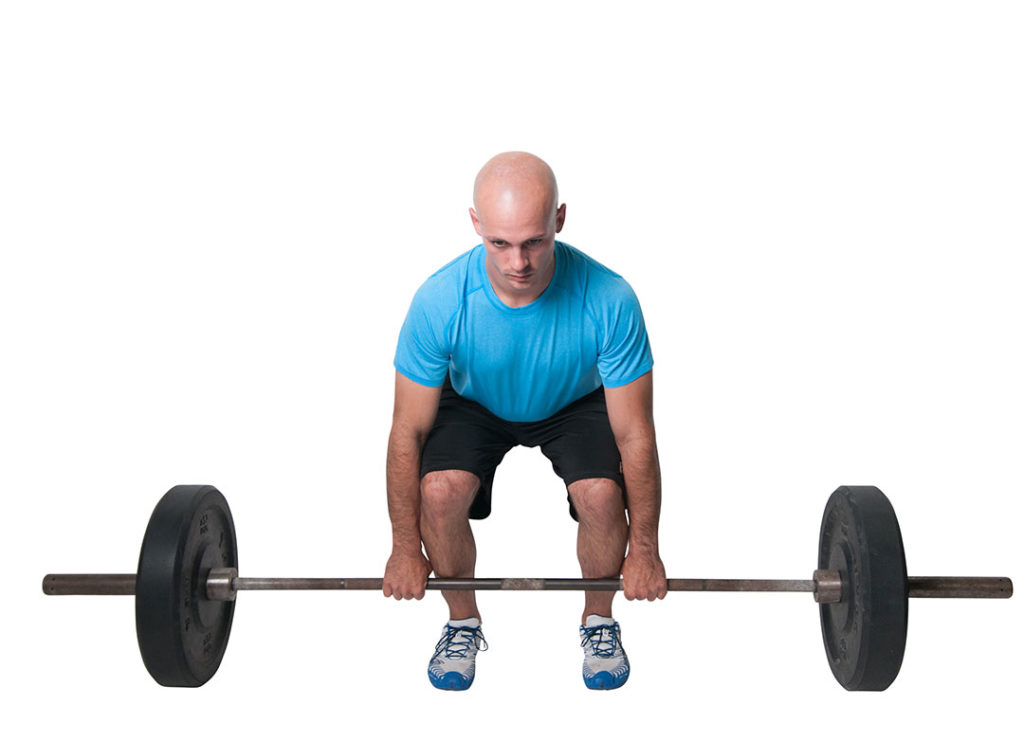
A Best Exercise for Improved Jump Performance?
Do you work with individuals who want to improve jump performance? Perhaps it’s time to introduce the dead lift into your client’s weekly program.
Researchers from the Human Performance Laboratory at Texas Tech University, in Lubbock, wanted to look
at the impact of a barbell dead lift training program on torque development and vertical jump performance in novice trainees. They recruited 54 college aged individuals who were placed into either a non-exercise control group or a group that performed five sets of supervised dead lifts twice a week for 10 weeks. Each subject completed pre- and post-study isometric strength tests and vertical jumps.
During the intervention, those in the training program saw marked improvements in both measurements. “The training protocol used in the present study elicited increases of 22.8%–26.9% and 18.8%–49.0% in all the rapid torque variables of the knee extensors and flexors, respectively,” the authors explained. They added that the training group’s vertical jump performance increased by 7.4%.
The authors pointed out that these improvements were seen among novice trainees and may not apply to high-performance athletes or well-trained individuals. That said, the dead lift can be a highly useful exercise for strengthening the back and hips if properly executed, notes David Dellanave, owner of The Movement Minneapolis, a facility that emphasizes biofeedback as a means for improving training. Here are his top tips for performing a top-notch dead lift:
- Start with the bar right on your shins and try to keep it in contact with your body throughout the whole movement. Any drift of the bar forward is a loss of leverage.
- Set up with your shins vertical to the ground. If your knees are over your toes, you need to sit back more, or you may need to raise the bar off the ground if your mobility doesn’t allow you to pull from the floor.
- Keep your back flat and your chest tall and proud so that someone standing in front of you could read what was written on your shirt. Keep this tall posture throughout the movement, and don’t allow your back to arch
or round. - With your shins vertical, your hips
back and your chest proud, pull your shoulders into your back pockets to engage the latissimus dorsi; this will create a strong lever transfer of force through your back from your hips. - At the top of the movement, stand tall and upright, and avoid leaning back or arching your back.